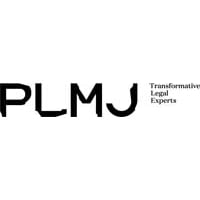

Legal and compliance manager | Novo Nordisk



Inês Caldas de Almeida
Legal and compliance manager | Novo Nordisk
Looking forward, what technological advancements do you feel will impact the role of in-house legal teams in the future the most? Which have you found most useful in your legal team?
Platforms that help draft contracts automatically or monitor activities are very helpful in the day-to-day business and save time from tasks that do not require legal expertise. AI platforms to be used as knowledge management tools (and, for now, with a critical view) are also helpful regarding research. I am not using this, but one could develop BOTs to address simple compliance questions since there are questions raised by a line of business that is recurring and quickly responded to but, when managed simply by humans, are time-consuming.
Why are in-house lawyers well-placed to drive change within their organisations?
In-house lawyers are, to some extent, secondary GMs, one of the few with a 360 degrees vision of all the company is doing. In this sense, they are very well placed within the company to drive change and to make sure the suitable projects are implemented — if we are involved in the beginning, line of business projects are much more likely to succeed because we can discuss with them what could be the legal constraints, evaluate risks, and decide for Plan B when needed without having the block the project.
How do you suggest in-house lawyers build strong relationships with business partners?
Trust is key. For a long time, in-house lawyers were either complacent or authoritarian without explaining why they were giving that advice. The role of the in-house lawyer has changed and will continue to change. We are, by now, not only a partner but a team member who discusses business from day one. With a critical view and level of expertise others do not have – hence the need for us to be there – but that is present, with the right level of expertise and the right level of soft skills. It is only when we are there from day one explaining why we can or cannot proceed with a specific project and showing new possible ways of achieving the same goal but in a compliant manner that we gain trust, and that is when we start being invited to the table without having to ask for the invitation.